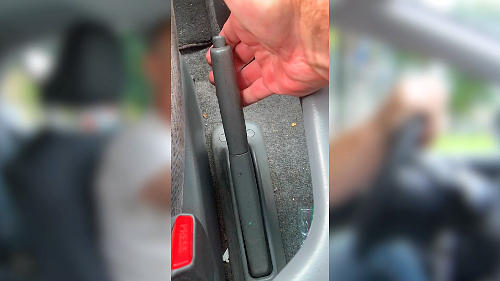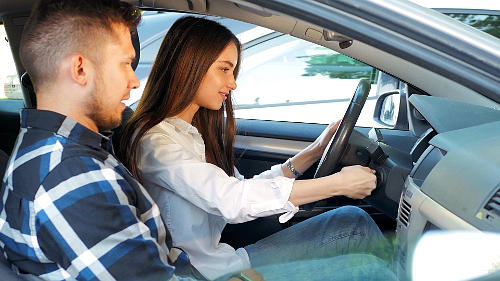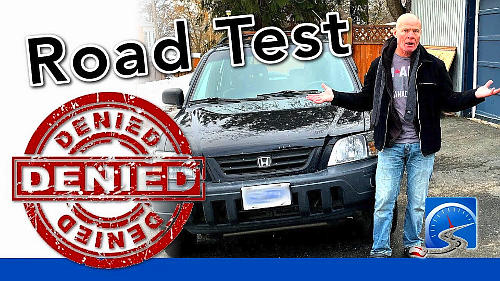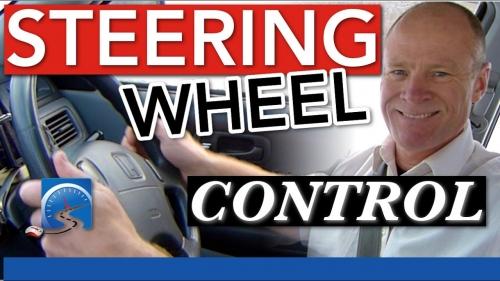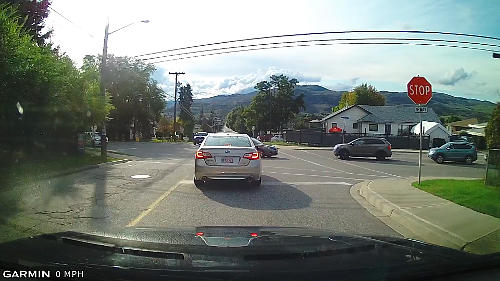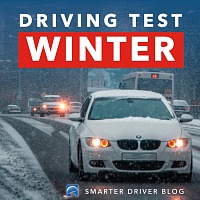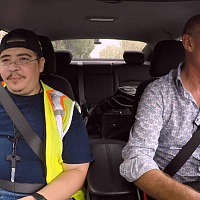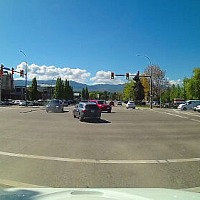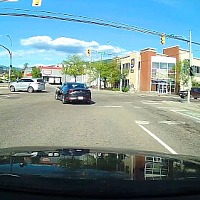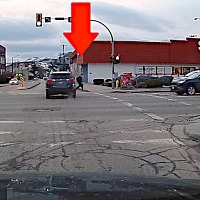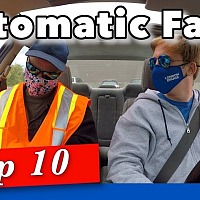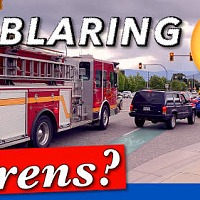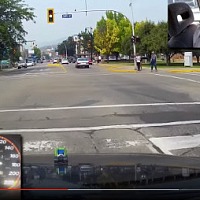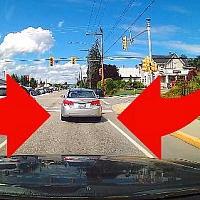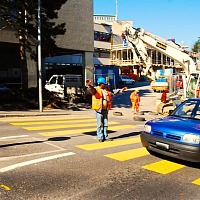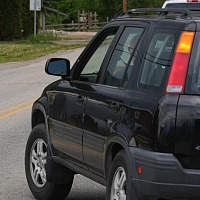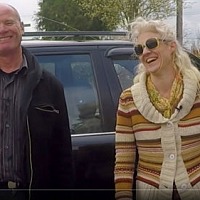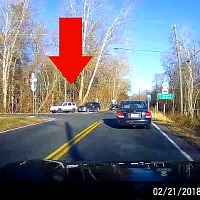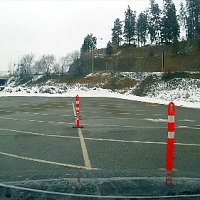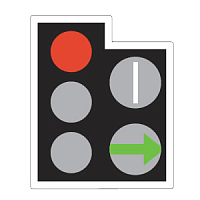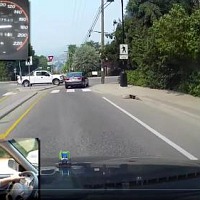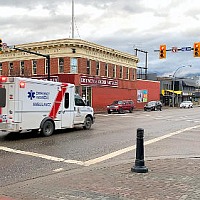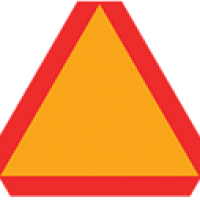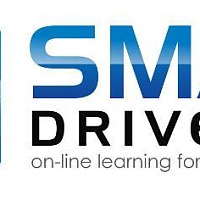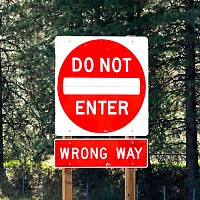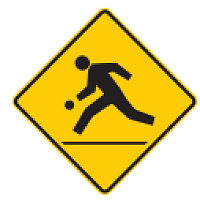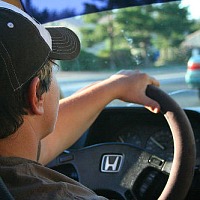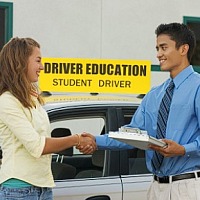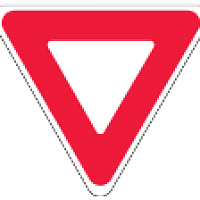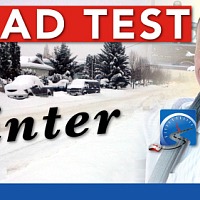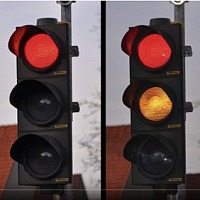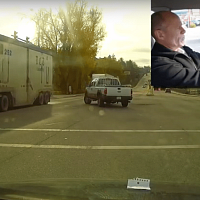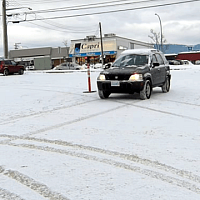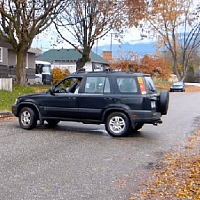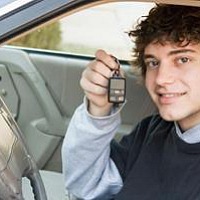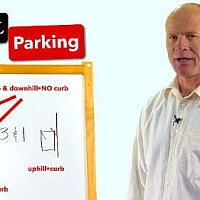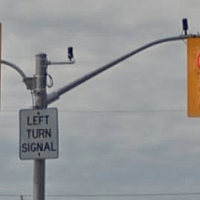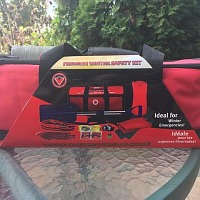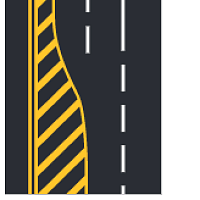An overview of the skills you need to pass your driver's test first time.
TOPICS
|
#1-Pre-Trip Inspection...A Must Do! #3-Stopping Positions at STOP-Signed Intersections |
SummaryThe driving examiner's job on a license test is to access your ability to have due care and control of a motor vehicle in changing traffic conditions. Your job is to take away the driving examiner's right to fail you...nothing less, nothing more.
• Before showing up for your license test, do a pre-trip inspection on your vehicle...don't be denied your test because something isn't working - a brake light for example. And if you're going with a driving school, be sure to ask your instructor if s/he did a pretrip inspection • You must have 2 hands on the steering wheel for the duration of your license test. Exceptions: backing and when shifting gears in a manual car. • Stop at the correct stopping position at controlled intersections. After coming to a complete stop treat the intersection as a yield to see cross traffic. • You must shoulder check every time you turn, every time you move the vehicle laterally. And you must shoulder check 2X for every turn and sideways movement.
• Turn right lane to right lane; left lane to left lane. • Move immediately back to the right lane after turning left unless the examiner tells you that you are going to be turning left again in the next couple of blocks. • You must have a scanning pattern in place that repeats every 8-12 seconds, which includes your instrument panel. • The speed of the vehicle is linked to your scanning pattern. • Apply the parking brake every time you park the vehicle. Hold the foot brake, apply the parking brake, put the transmission into PARK (1st gear for a manual), release the foot brake. • Space management is more important than speed control.
• Communication is a key component of the driver's license test. • At minimum be prepared with parallel parking, 3-point turn, and reverse stall parking for your driver's test. • Know how to turn on the defrost and the windshield wipers for your license test. You must be able to keep the glass clear. |
Updated April 2022
Introduction
The smart and the sassy of a driving test.
Driver's License Test Pre-Trip Inspection
Before you show up for your driving test ensure that you do a pre-trip inspection on your vehicle.
You don't want to be denied your test because you have a light out or whatnot that could easily be fixed.
Stopping on left hand turns, steer tires in the front crosswalk line.
When the gap presents itself, start to move forward.
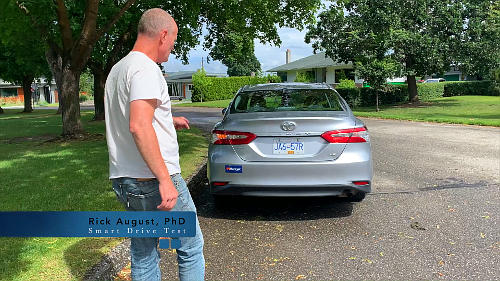
Do not cut off the corner.
You need to turn in the intersection.
Following distance two to three seconds for the purposes of a driving test.
When you show up at the test center in preparation to do your test, back into the parking space.
That way it's going to be a lot easier to get started.
Because the first five minutes you're going to be super nervous.
Steering Wheel Control
All right.
Two hands on the steering wheel for the duration of your test.
If you drive your car like this for the duration of your test, you're going to fail.
So, two hands on the steering wheel 10 and two, good following distance, scanning patterns.
So, looking far down the road and check your center mirror.
Far down the road both shoulders and check your wing mirror.
Far down the road check your speed limit.
Okay.
You notice there, I was driving slower than the speed limit 'cause the cars in front of me were going less than the speed limit.
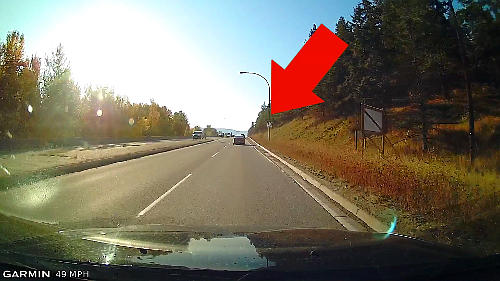
I was keeping a good following distance of two to three seconds.
Shoulder checking twice for every turn every lane change.
You cannot shoulder check too much, but two for every turn every time you change lanes in the vehicle.
Stopping Positions
Stopping in traffic, stop behind the vehicle in front of you so you can see the tires making clear contact with the pavement.
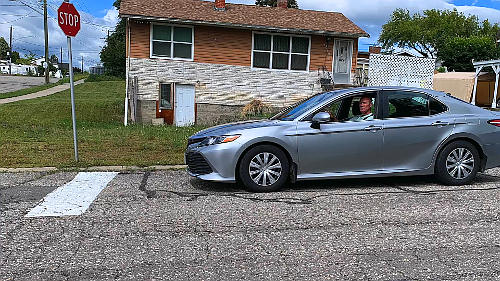
Stopping positions at controlled intersections, before the stop line, before the crosswalk or sidewalk.
And if those two conditions don't exist, then at the edge where the two roads meet.
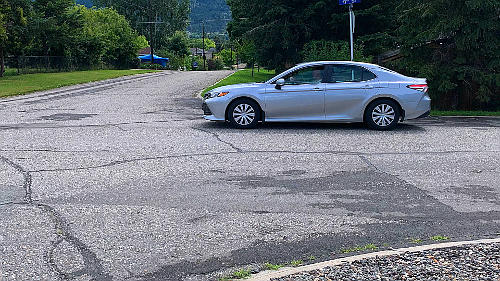
Those are your stopping positions and stopping behind the stop line, up to the stop line, you're preparing to stop at the intersection just as the stop line rolls under the front of the vehicle.
Bring the vehicle to a stop that way you'll be three or four feet back from the white stop line.
If you stop so you can see the stop line when you're stopped at the intersection, you're going to be too far back.
|
- This video is made possible by the Course Package Pass your driver's test first time, because we know that your driver's test is the most stressful day of your life and without some form of driver training, your chances of passing are less than 50%. As a bonus, we'll include both the defensive and winter driving smart courses. These will make you a safer smarter driver and reduce your chances of being involved in an accident. Click down in the description there and get full details. |
Turning Right and Left
Right turn, shoulder check, no pedestrians.
Checking, shoulder checking again, proceeding into the right lane.
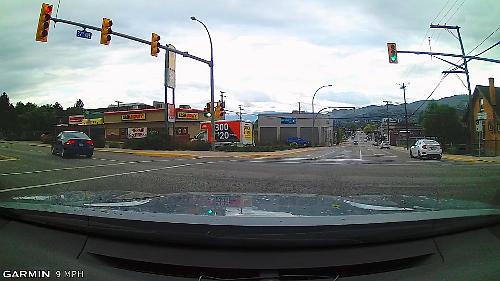
When you're turning right, right lane to right lane.
When you're turning left, left lane to left lane, and immediately after turning left into the left lane, move over to the right hand lane.
At minimum for the purposes of your driver's test, know how to turn on the windshield wipers and know how to turn on the defrost.
If it's super hot where you live, turn on the air conditioning before you start your road test that way the examiner will be comfortable.
And if you're doing it in the wintertime, ensure that you have the heat on as well.
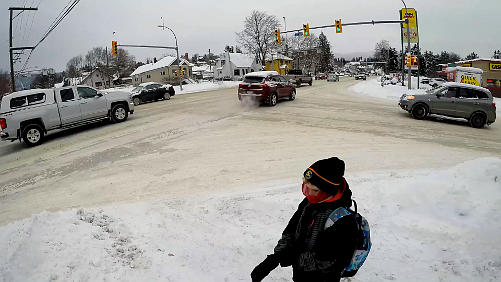
Right hand turn, shoulder checking.
Scanning shoulder checking, two hands on the steering wheel.
Let the steering wheel come back.
Keep your hands in contact with the steering wheel - that is acceptable.
Scanning Intersections
Scanning intersections left, center, right and left again because that's where traffic is going to come from.

And you can see I'm not doing the posted speed limit, which is 30 miles an hour, 50 kilometers an hour in town.
On the highway, it's going to be 80 kilometers an hour or 50 miles an hour.
Every time you park, apply the parking brake.
So, the sequence is apply and hold the foot brake, apply the parking brake, put the transmission into Park and if you're driving standard put it into a first gear.
Manoeuvres for a Driver's Test
Every time you park the vehicle for the purposes of your road test, you're going to have to be ready with parallel parking, backing into a parking space and three point turns at minimum.
The other slow speed manoeuvres that you could potentially be asked to do are up to the discretion of the examiner.
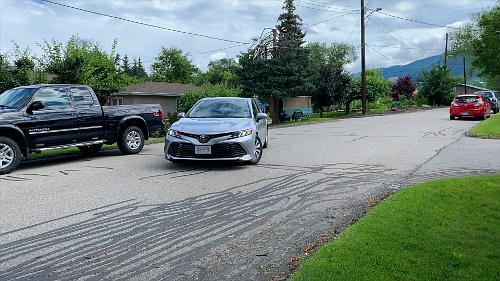
And right now during COVID-19 know that you're going to have a shorter test and there's less room for error.
Shoulder checking right.
Maintaining my distance, scanning the intersection, shoulder check, turning the steering wheel, keeping my hands in contact.
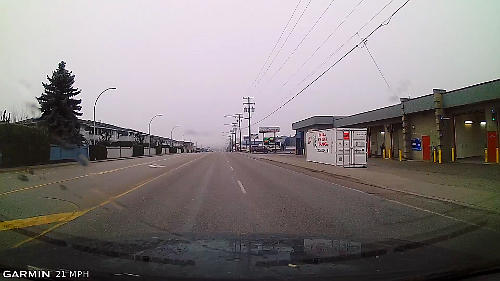
Turning Speeds
For the right hand turns, you're going to be going eight to 10 miles an hour, or 10 to 15 kilometers an hour.
Left hand turns, you're going to be doing 15 to 20 miles an hour, maybe even a little bit faster than that depending on how big the intersection is, or you're going to be doing 15 to 30 kilometers an hour.
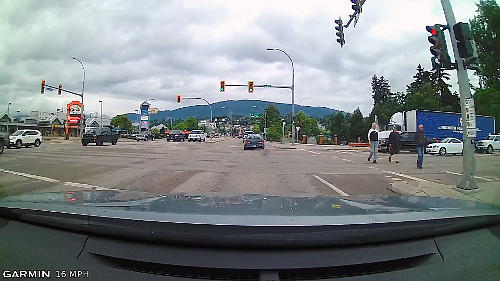
Right turn, stopping behind the stop line, just rolls under the front and we bring the vehicle to a complete stop.
You must have complete stops at intersections, for the purposes of your driving test.
And we move up, we treat the intersection as a yield, nobody coming and we move and we get the vehicle going as quickly as possible.
You will fail your road test if you doddle or you're too cautious.
You drive under the speed limit that is bad as bad as speeding.
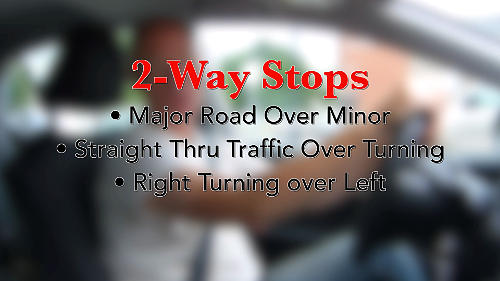
Shoulder (Head) Checking for Driver's Test
Shoulder checking about approximately half a block, stop behind the stop line, moving forward, scanning, shoulder checking and we can proceed.
You don't have to turn right on a red light for the purposes of a driver's test if you are not comfortable doing it.
You can wait for the green.
Left shoulder check into the left lane immediately.
And we're good, watching the truck into our lane and proceeding.
Right away at two way stops, major road over minor road, straight through traffic, overturning traffic and right turning traffic over left turning traffic.
Do not confuse two way stops with four way stops where the first person to arrive has the right of way or the person on the right.
And if the traffic is busy at a four way stop, the lanes of traffic will alternate.
But the same rules apply after the first person who arrive or the person on the right.
Straight through traffic, overturning traffic and left turning traffic over right turning traffic.
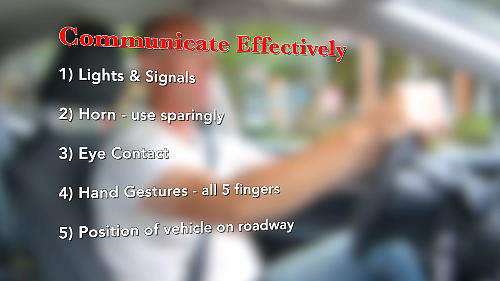
Ways We Commuicate When We're Driving
Ways you communicate for a driver's test.
• It's lights and signals.
Horn, use your horn sparingly because in this day and age, it's a sign of aggression not communication with other drivers.
• Eye contact, pedestrians and cyclists and other vulnerable road users.
• Hand gestures, make sure use all five fingers.
Don't tell them they're number one, especially on a driver's test.
• And finally, the most important way that traffic communicates is the position of your vehicle on the roadway.
Communication, you must communicate effectively with other traffic.
Observation When Driving
Observation left, center, right, left again, scanning the intersection and proceeding.
If your scanning pattern is not in place, you won't be observing your speed limit as often as you should, and you'll creep up over it or creep down and it tells the driving examiner that you don't have a scanning pattern in place.
And that's the smart and the sassy of your driver's test.

For more details in any one of those manoeuvres and how to do left and right turns, change lanes and whatnot, all that's in the description down below.
Check there and find out that information.
And be completely prepared for your driver's test and take away the driving examiners right to fail you.

To subscribe click here.
And remember, pick up best answer, not necessarily the right answer.
Have a great day, bye now.
|
Tips, Techniques & Tricks to Pass Your Driver's Test First Time |


